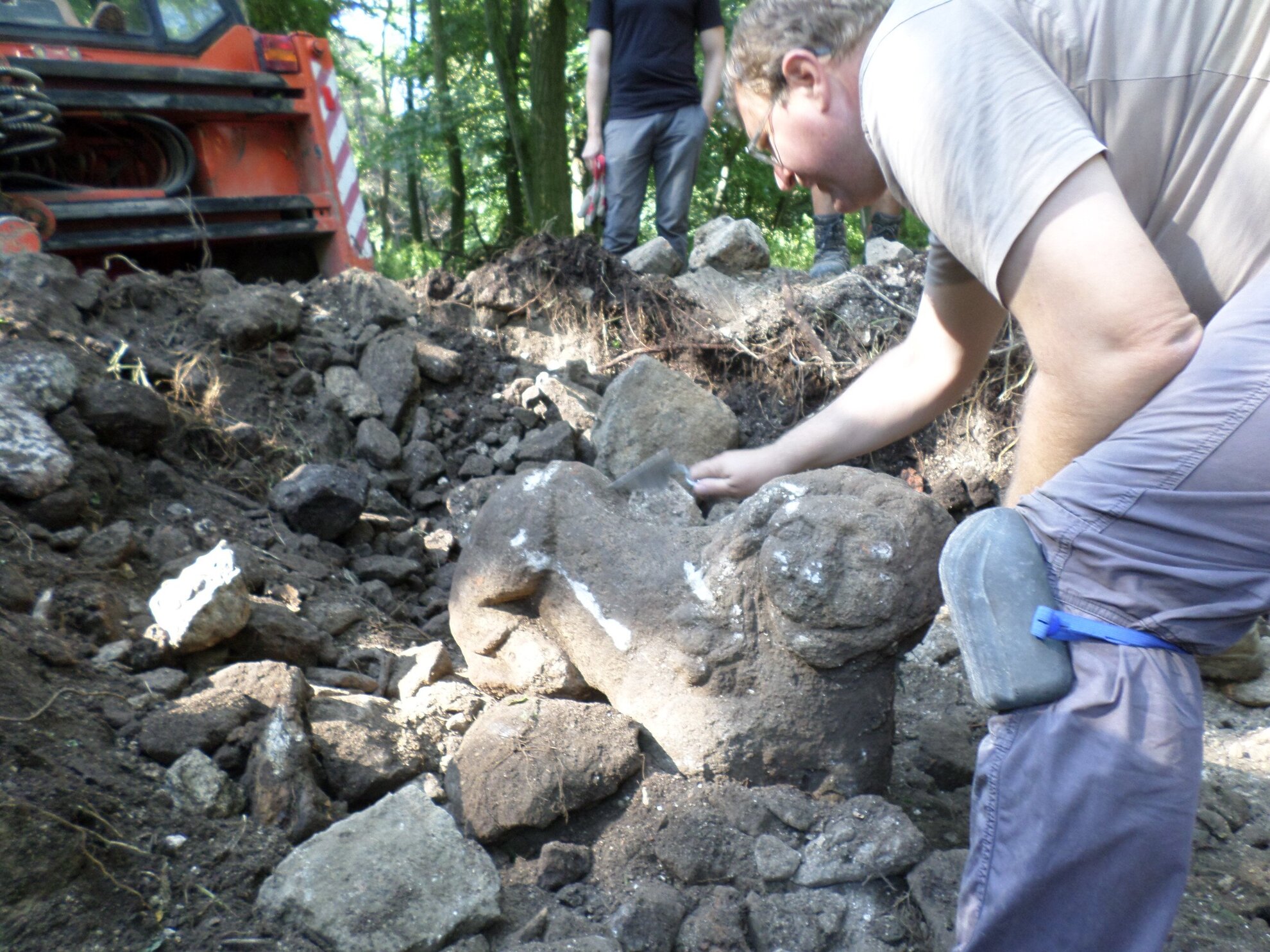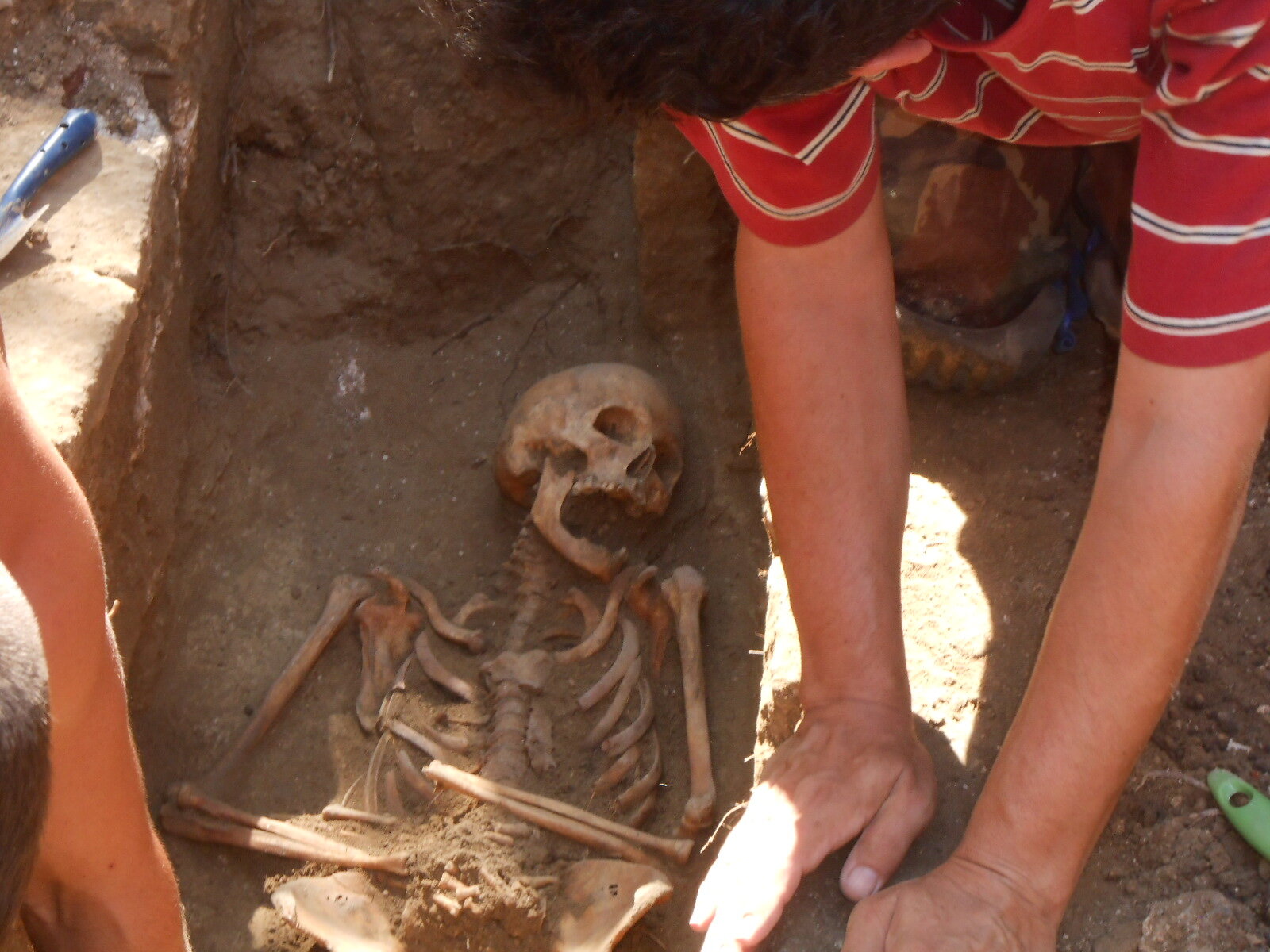Archaeological excavations have unearthed a burial site around the ruins of a long-forgotten monastery near Monostorapáti.
The abbey was founded in 1117 by a member of the Atyusz clan and was completed in 1120. Judging from the elements that survive, it was 30 metres long and 15 metres wide, with two towers and three naves. The monastery was in operation for four centuries, and it was used as a burial site by the clan: the untouched graves of the founders were found during excavations in 2017.
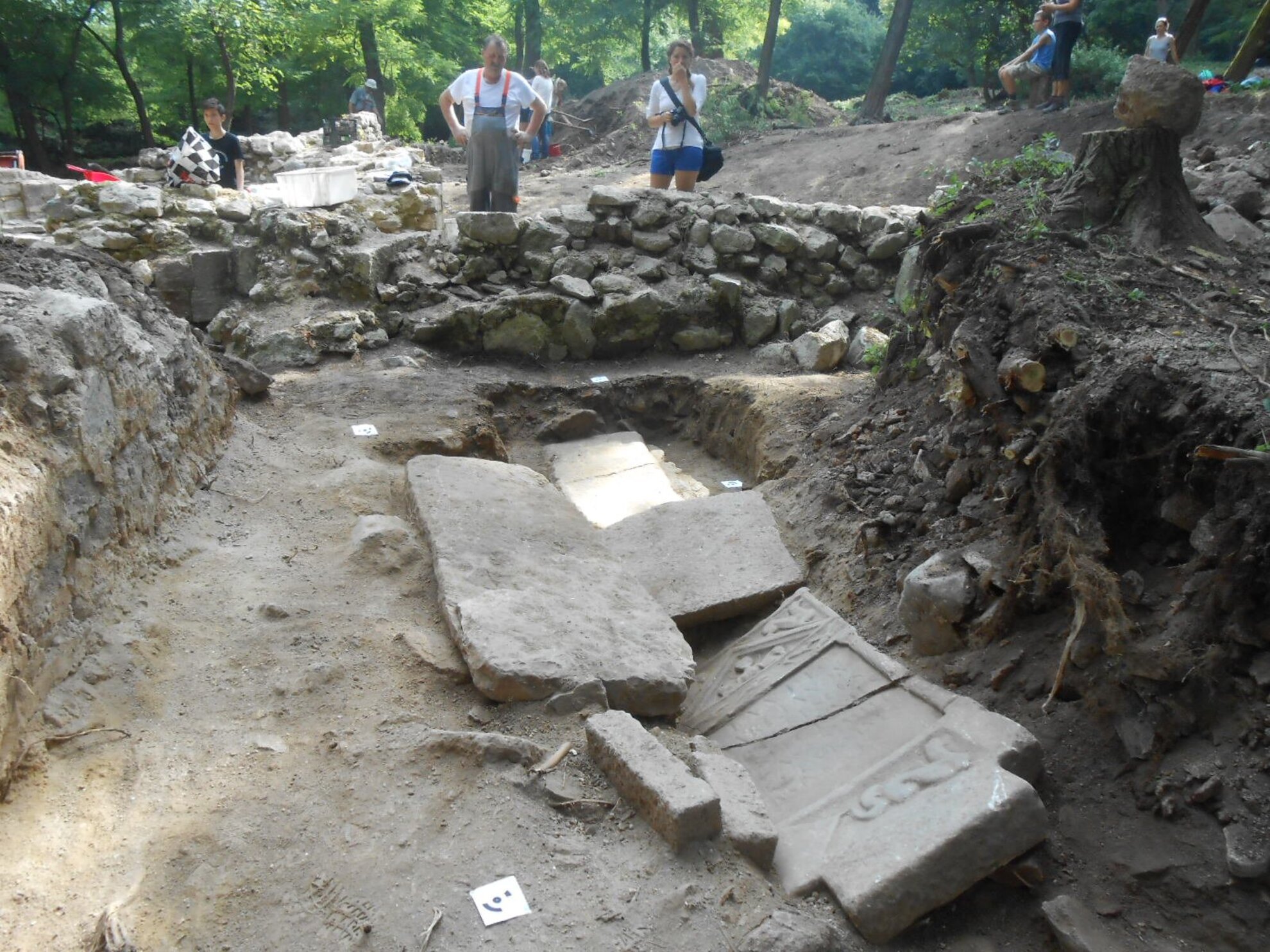
Uninhabited from the 1540s, the site was abandoned and its stones were taken away by locals. Still, various legends and stories keep its memory alive.
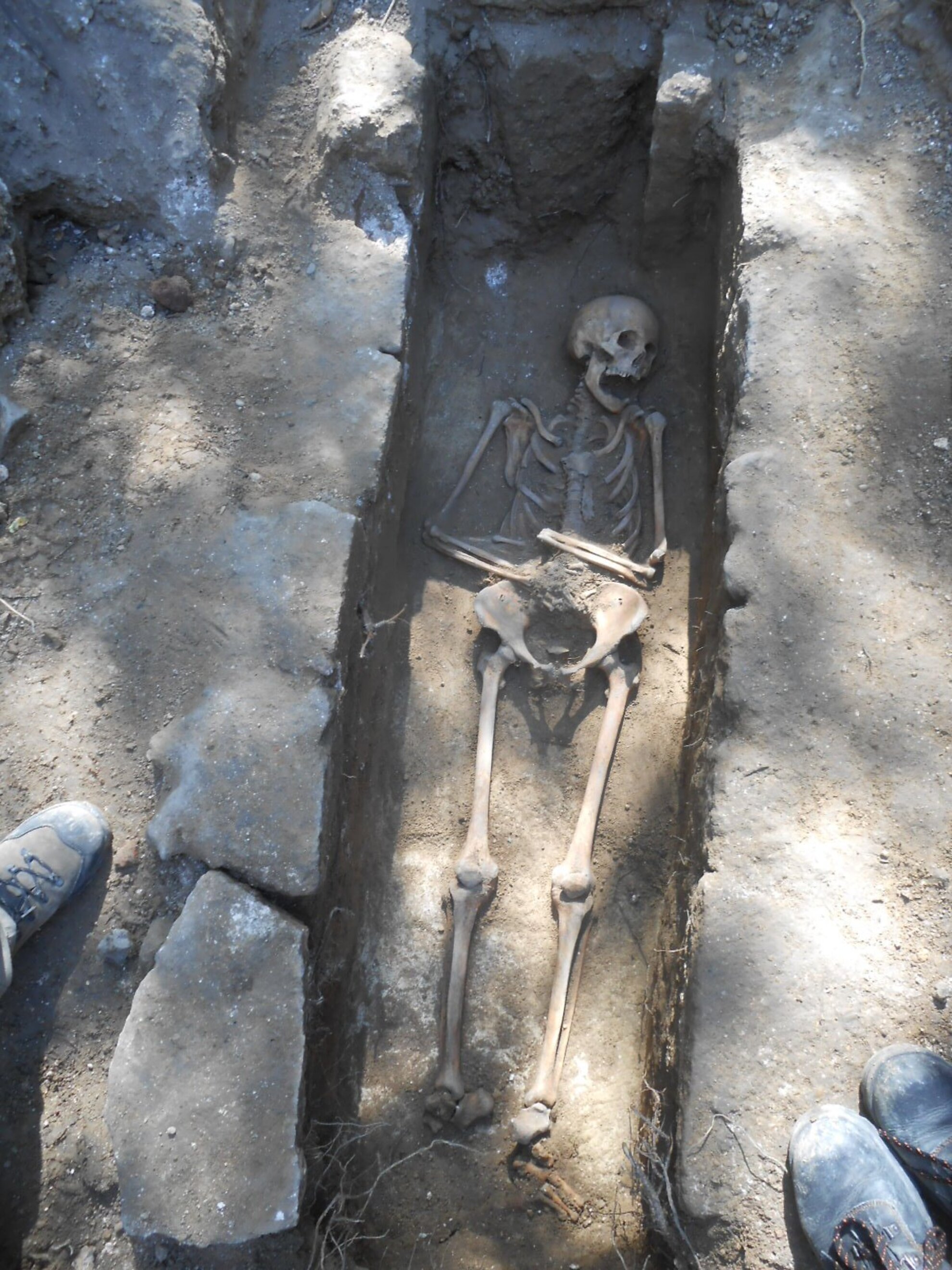
The mysterious red friars
There are multiple stories about the mysterious red friars whose holy activities were called into question. They would come down to the village to beg and steal food, sometimes bothering the womenfolk. These local legends are probably based on the members of the Knights Templar, who used to have red crosses on their capes, hence 'red friars'. Folk stories connect many monastery ruins with the red friars, even if they were inhabited by members of a different order. However, the Templars may never even have set foot in the settlement, according to local historian László Hangodi.

Another story has it that the monastery was swallowed up by the earth as punishment for the disappearance of a nobleman and his two daughters who had asked for shelter. As this wasn’t the first such occurrence, the heavens destroyed the monastery. The ground opened up and swallowed it whole, with only one wall remaining to remind everyone of the wicked friars.
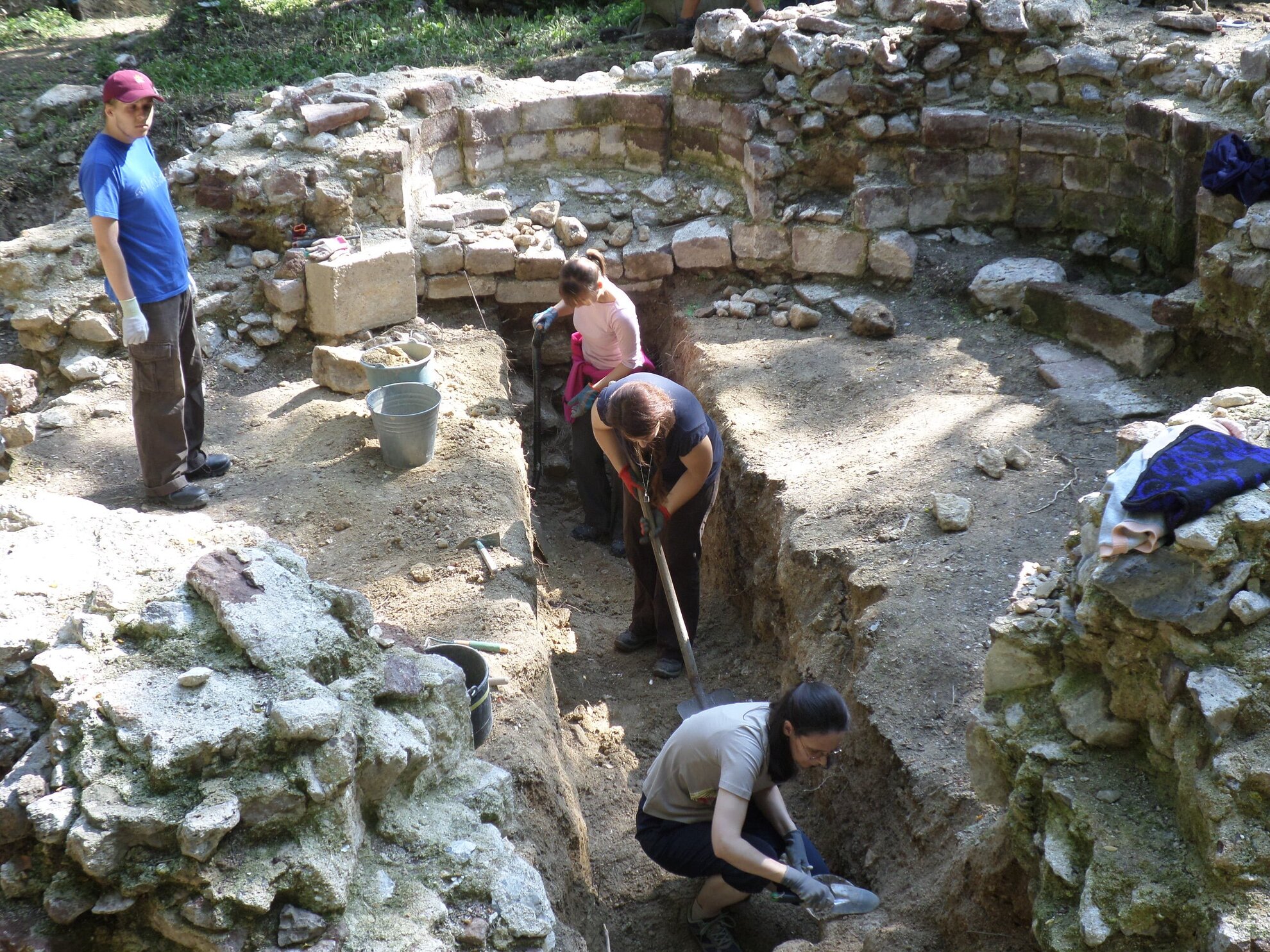
Treasures and tunnels
Many legends say that treasures were hidden in the abbey during the Turkish occupation. Treasure hunters came here for centuries to find these. The hunt for gold was based on a letter by a local who had been taken by the Turks. Although many tried to find the booty from the 18th century onwards, everyone left empty-handed. A few silver plates and smaller gold items were then found buried in a nearby field, thus sparking the treasure hunt once again. In turn, these quests contributed to the fast decay of the ruins.
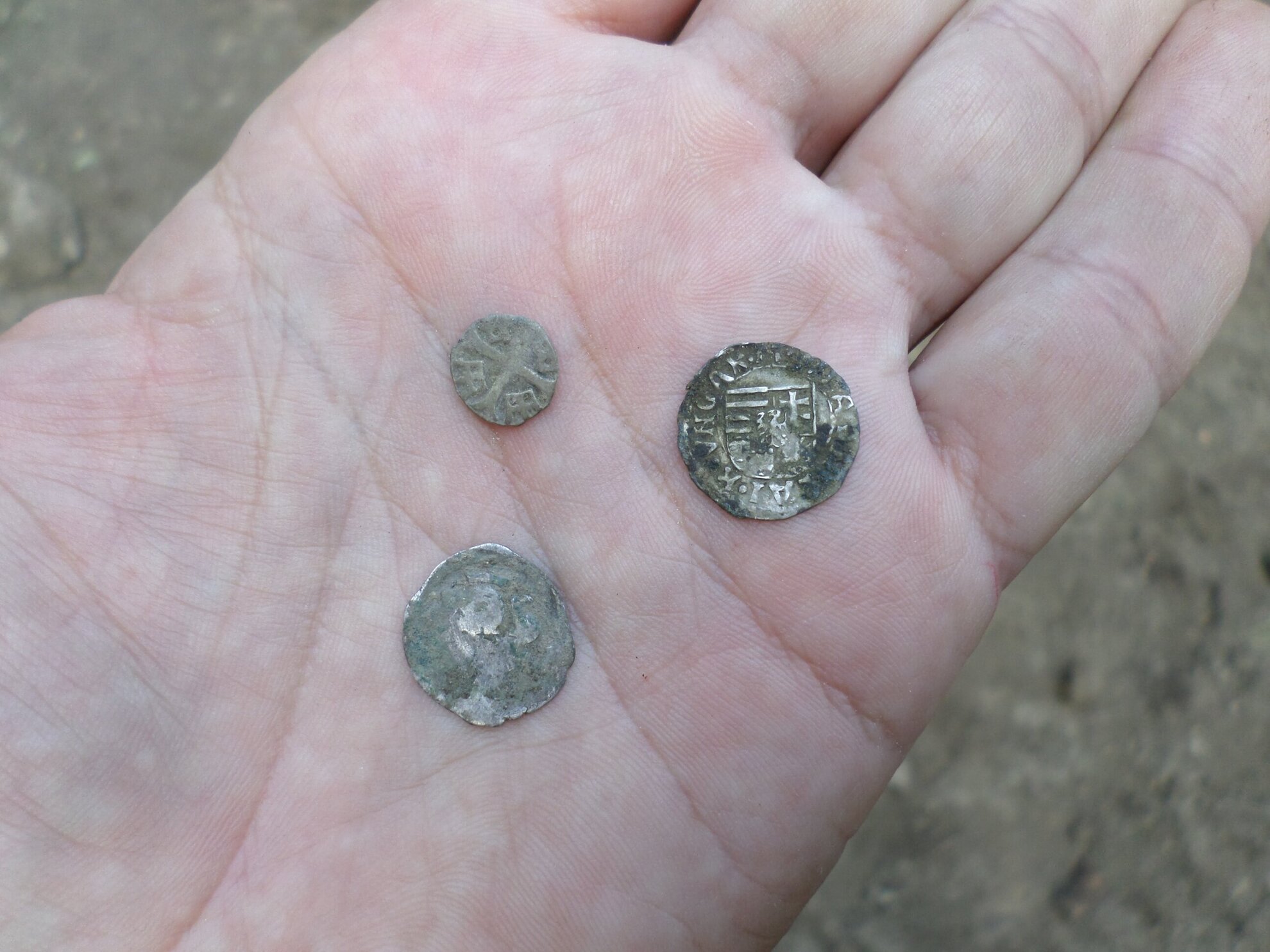
And where there’s treasure, there are always tunnels. Legend has it that these connect the castle hill of Hegyesd with Csobánc, and the monastery had tunnels in the direction of Nagyvázsony.
